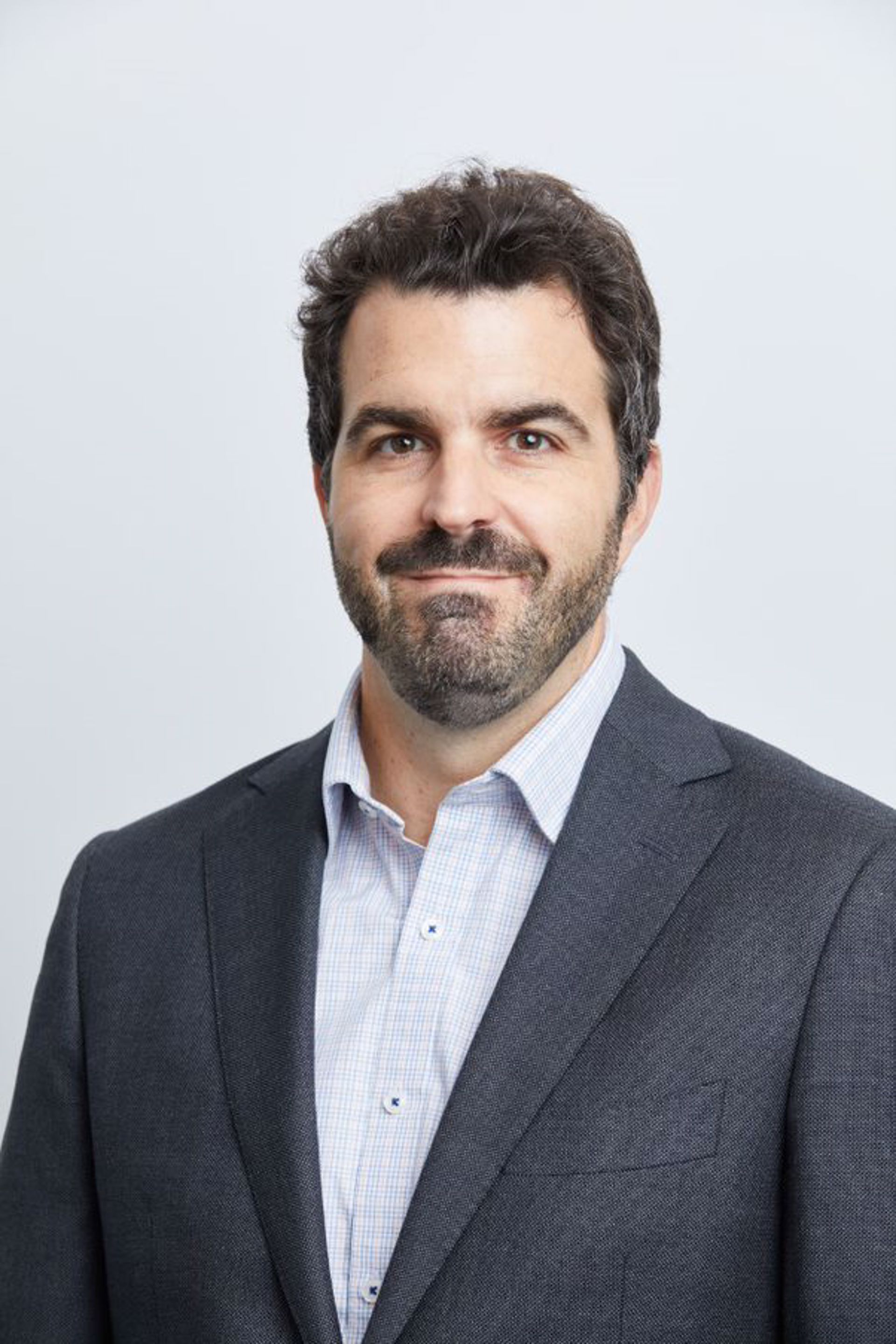Name: Mark Elliot
Your Discipline: Finance and Commercial
Years in industry: 10
Years at Xodus: < 1 year
What is your role at Xodus? Commercial – Hydrogen. I help clients and projects map and understand the commercial pathway for developing hydrogen and renewable energy projects. Specifically this extends to project economic analysis, market assessment and energy supply chain analysis
You haven’t been at Xodus long, what attracted you to join?
The opportunity to work across multiple markets and for a variety of clients at a truly global advisory business. Xodus is also starting to explore project architecture of its own, which is an exciting prospect in addition to the existing energy consulting business.
What are you most excited about for offshore wind / hydrogen in Australia / globally?
Australia is incredibly well placed to meet global demand for low carbon Hydrogen due to its trade links and proximity to Asia, world leading renewable energy resources and adjacent expertise in the LNG industry. There is also a great deal of support for the industry from Federal and State Govt with an emphasis on matching the current market share of LNG exports with hydrogen by 2030. This will require a massive amount of investment and we are seeing an increasing allocation of capital and positive sentiment towards to new energies to reduce emissions, with hydrogen having a key role to play in the future mix. This has already led to a number of clients exploring low carbon hydrogen, and Xodus is keen to assist in helping these developments to become bankable projects.
What are the biggest risks to Hydrogen projects right now?
There is significant interest in the industry however the market for green hydrogen is still emerging. Market access and securing sufficient revenue certainty along with navigating the approval pathway for a novel supply chain are the biggest risks I see for hydrogen projects currently. The supply chain for renewable hydrogen is also incredibly complex given not only the requirement for high capacity factor upstream renewable generation but also downstream transportation to end users. For this reason ensuring alignment between the different development pathways and a thoroughly considered site selection process are critical risks to be managed for optimising Hydrogen projects.
